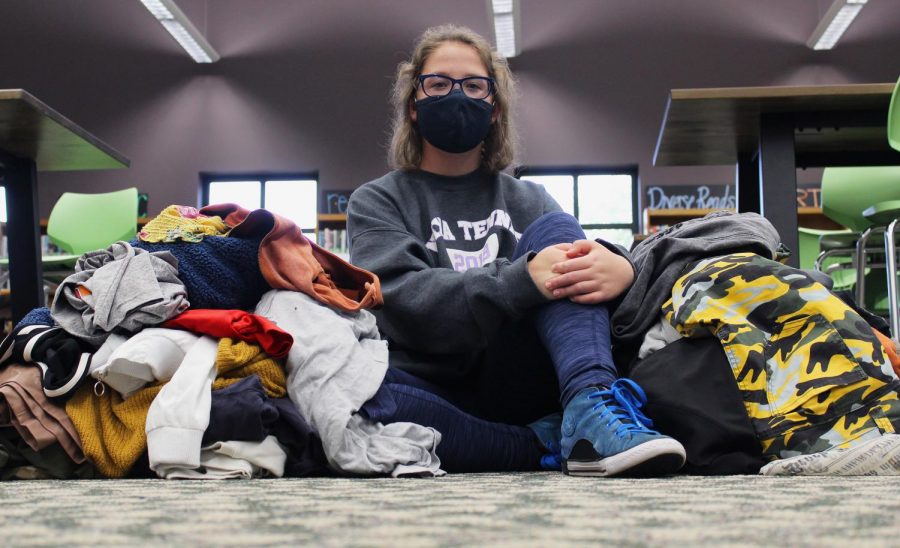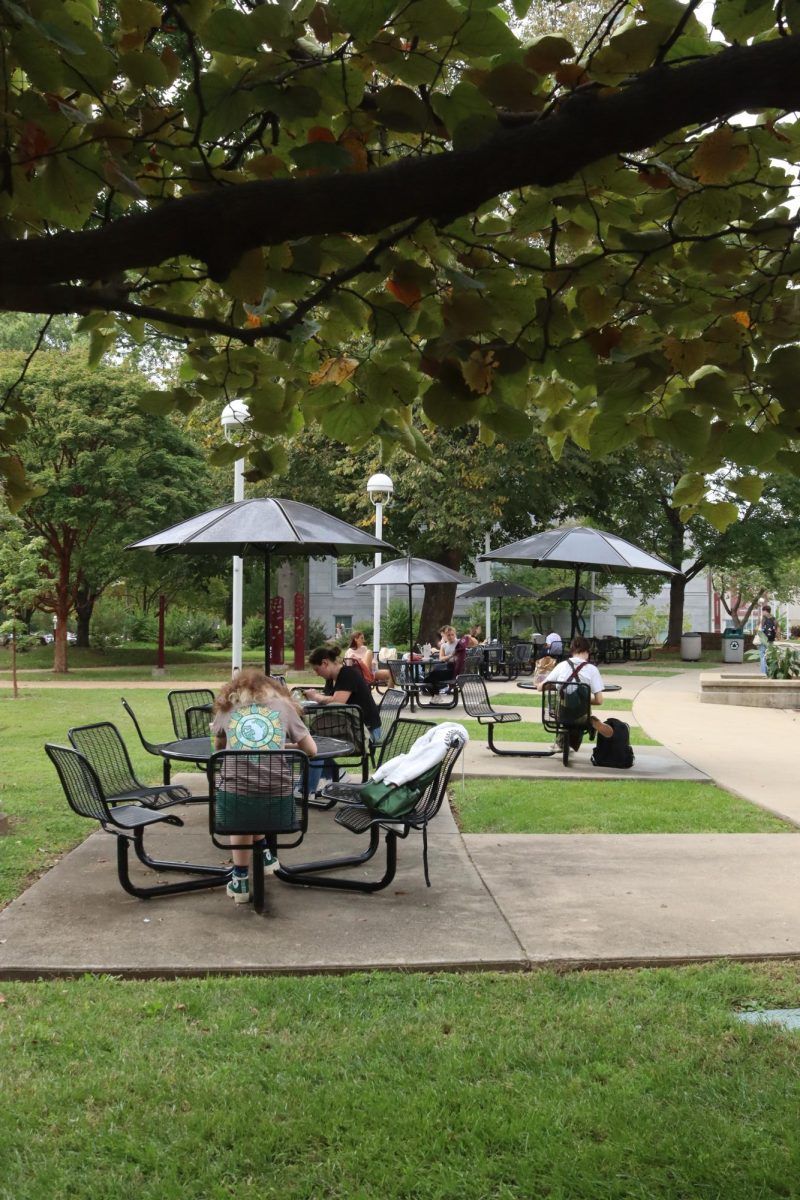Out with the new, in with the old.
December 17, 2020
Secondhand or thrift stores, depending on the place, can hold items from clothes to rocks. While most people think of clothing thrift stores, secondhand shops are a lot more common. Examples of such can be antique stores, pawnshops, and thrift stores. These outlets are popular with all ages, and for good reasons too. For sophomore Rylee Doran, it’s not just about the price.
“I thrift because it’s good for the environment and you can get just as much or even more thrifting compared to big name companies,” Doran said.
This is one of the best parts of thrift stores. They’re cheap, have good quality, help local businesses, benefit the environment and reduce waste. Not to mention that many things decline or lose value instantly from being bought first-hand. Buying from thrift stores can save some big bucks.
While it is essential to look for secondhand shops that have useful and cheaper items, the most important thing to watch out for is the thrift store brand itself. Some thrift stores will donate a portion of proceeds or leftover items to charity. Others throw these out if the items don’t sell or don’t make the cut. Make sure to note the quality of the building too.
Sophomore Treasure Bougher speaks about how she’s going about it with everything that’s going on.
“Buy clothing that you’d use. If you were to buy furniture, make sure it won’t break [and] be sure it’s something you’d be able to sanitize,” Bougher said.
This is important because while secondhand stores are better for the environment, since they don’t produce or rely on items people no longer want, they are sometimes not wanted for a reason.
Doran also has her own system for shopping with COVID-19.
“Just like any place I go, I make sure to wear my mask at all times and wash my hands or use Germ X whenever I can,” Doran said.
Steps to help reduce transmission of COVID is always something to look out for. A safety precaution is brought attention to by senior Daniel Pilotto.
“[Thrifting] can not be as hands on as I like it to be, as I try to refrain from picking everything up,” Pilotto said.
This not only helps out others who shop there, but the employees as well. Emily White, a worker at Red Racks, explains her side of it.
“While I like how good thrifting is in terms of money, the environment and quality, what a lot of people don’t know is how much still goes to waste,” White said. “When people drop or break an item while unloading it from the donation center, it automatically gets thrown away. Not to mention we get a lot of holiday items that won’t sell.”
White also worked at Uptown Cheapskate. Her favorite part of the job was the cute clothing and student discount. However, she hated that some of the people who tried to sell their clothing didn’t take care of their clothing.
“Some pieces were sticky and had gross stains,” White said. “…Though the best part was getting first dibs on the best clothes. Not to mention a discount at a discount store, score.”
Washing clothing is necessary after buying items at a store. If one plans on donating or selling, doing this beforehand is even more helpful.






